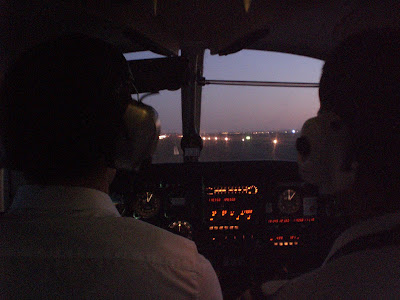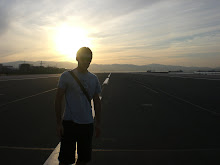
Flying VFR in Spain at night is not permitted. to get around this we have to fly IFR plans, but visually. If that makes sense?

Initially we have a familiarisation flight so that we can get used to the concept of night operating procedures. There are a total of 5 hours of night flying to be done in the single engine, though often other IFR flights end at night time anyway which is perfectly acceptable and often a great way to end a days flying.
During the summer months of July and August, most of the night flying doesn't start until around 21:30 local. As you can see at this time it's really twilight hours and not full night.









